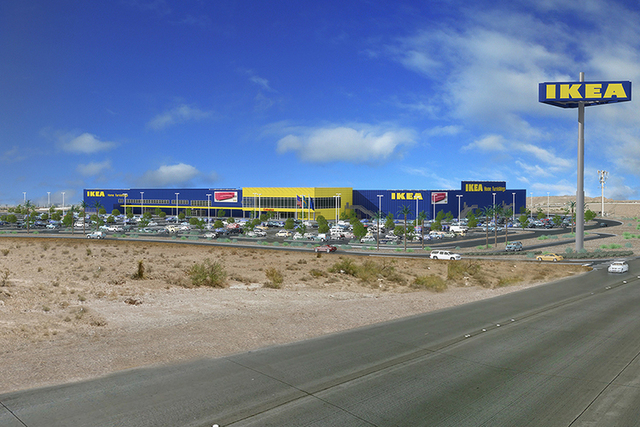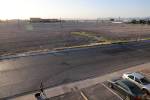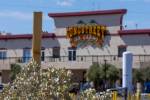IKEA land purchase sets post-recession high
A global retailer has taken a big step in its move into Las Vegas.
In the process, it’s given the city’s real estate market a bit of a boost.
When Sweden-based furniture seller IKEA closed in late December on its purchase of 26 acres of land in southwest Las Vegas, it set a post-recession high for land deals of its type, local observers say.
IKEA spent $21.3 million for the parcel, which works out to about $819,000 an acre — considerably more than land is going for these days marketwide.
The market average for land sales in the last year has been in the $250,000 to $300,000 range, according to local research firm Applied Analysis. For prime, contiguous parcels of developable land, home builders have been shelling out roughly $400,000 an acre, said Brian Gordon, a principal with Applied Analysis.
The IKEA deal is the highest-priced transaction on a parcel of more than 20 acres since the economic downturn, Gordon said.
That IKEA paid such a premium doesn’t mean the entire market is headed for a big run-up in land prices. The retailer is the end user, rather than an investor, and end users are often willing to pay more than average for property that meets their specific needs.
“It doesn’t really give you a snapshot of the broader market because it’s such an anomaly,” Gordon said.
IKEA didn’t return calls seeking comment, but Gordon said the company would have carefully balanced price and potential revenue in any purchasing analysis.
“It’s a unique site at a location that IKEA believes will be beneficial for their business model,” Gordon said. “When users identify specific locations in which they want to do business, they generally look at what they can afford to pay while generating a sufficient return from that site. Given their track record and experience, they clearly have identified this site at this price point as a viable option.”
IKEA officials said in August that they planned to buy the parcel, which runs along the northern side of the Las Vegas Beltway at Durango Drive, and build a 351,000-square-foot store that would open in summer 2016. For comparison’s sake, a typical Wal-Mart Supercenter might house about 260,000 square feet.
A company spokesman said at the time that the retailer looks for sites of 20 to 30 acres alongside major highways.
IKEA, known for its assemble-it-yourself products, has stores in 38 states. Company officials said in August that they’d been eyeing the Las Vegas market off and on for about a decade, but that they waited to make their move until the city had 2 million residents — enough to support a store. The closest IKEA stores are in Covina, Calif.; Tempe, Ariz.; and Draper, Utah.
Executives didn’t say how many workers the store would employ, but they did announce in June that they would raise their starting hourly U.S. wage from $9.17 to $10.76.
The IKEA deal is more than a new watermark for post-recession Las Vegas. It also means new life for a parcel that struggled in the downturn.
The prior owner, a company affiliated with local general contractor MJ Dean Construction, announced in 2005 that it would build The Curve, a $200 million, 42.5-acre “suburban village” with at least two 18-story condominium towers and 16 buildings with 115,885 square feet of Class A office, restaurant and retail space. According to Review-Journal reports from 2008, The Curve never sold the 75 percent of residential units it needed to close on to get construction financing.
Even if The Curve couldn’t survive the recession, IKEA’s interest in the property carries a bigger message about Southern Nevada’s economy, Gordon said.
“It demonstrates that Las Vegas is on the radar for major corporations that are doing business throughout the United States. There are opportunities in Las Vegas, and some companies are looking to capitalize on that.”
Contact Jennifer Robison at jrobison@reviewjournal.com. Find her on Twitter: @J_Robison1




























